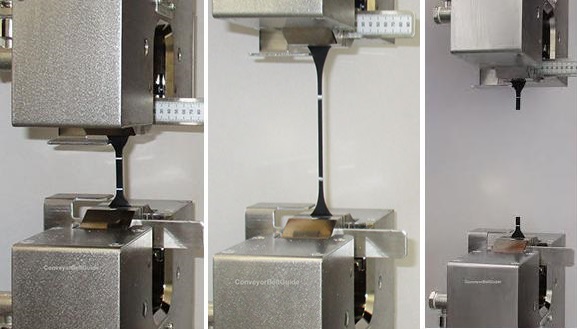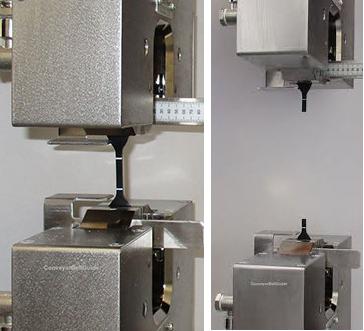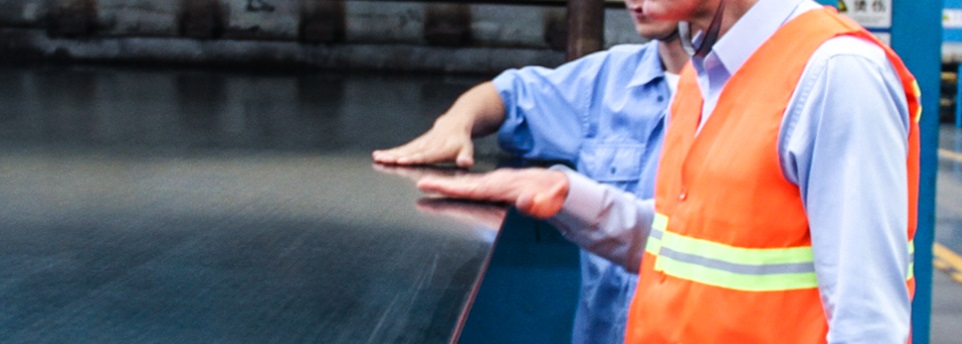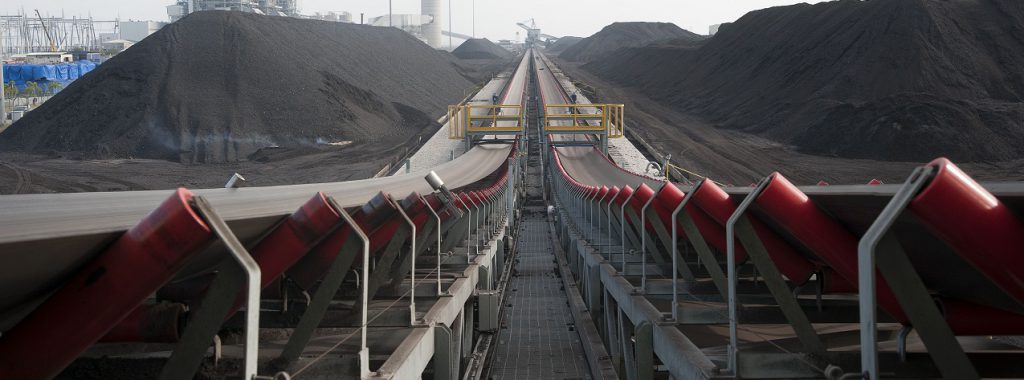How to solve the problem of material blocking in the conveyor chute
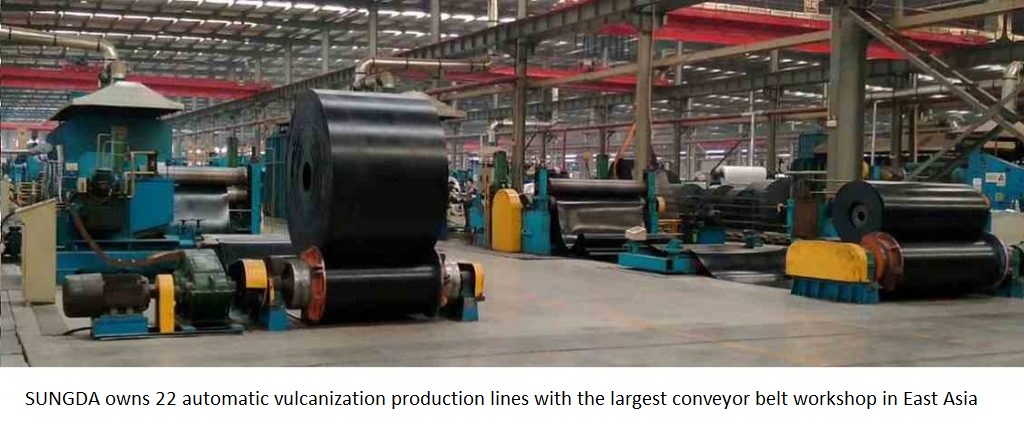
Belt conveyors are widely used in enterprises, especially in the building materials industry, belt conveyors are almost indispensable main conveying equipment. Therefore, the operation rate of the belt conveyor is directly related to the production of the entire enterprise, and it is also related to the economic benefits of the enterprise. The conveyor belt is the main part of the belt conveyor, how to reduce the wear of the conveyor belt and prolong the service life of the conveyor belt has become the key to the problem.
When the belt conveyor conveys materials, especially when conveying large lumpy materials and materials with high humidity, the chute is often blocked. Once the chute is blocked, the material will fill up the hopper in a short time, which will cause friction between the material and the conveyor belt, causing serious wear and even tearing of the conveyor belt, and causing losses to the enterprise.
In actual production, after many times of transformation tests, we believe that the following solutions can effectively improve the service life of belt conveyor belts:
(1) The belt conveyor shortens the back baffle of the feeding hopper and adds a secondary chute, so that the distance between the back baffle of the feeding hopper and the driving roller is greater than the maximum particle size of the conveyed material (usually 1.5 times the maximum particle size of the material) That’s it).
(2) In order to stop the belt conveyor in time after the chute is blocked, a grid-like flap is added to the auxiliary chute (the grid-like shape is to prevent dust accumulation from affecting the effect), and the flap is connected with a lever. At the other end, add a set of weights that can adjust the weight. The weight of the weight is slightly heavier than the weight of the flap (according to the specific situation). The end of the weight is connected to a control switch (the type and model of the switch are more specific Condition selection), connect the switch to the shutdown control line of the belt conveyor.
When the belt conveyor chute blocks the accumulation of materials, the materials will fall into the auxiliary chute from the top of the rear side baffle of the feeding hopper under the action of the driving roller, thereby compressing the grid flap. Through the action of the lever, the counterweight end will touch the switch to quickly stop the belt conveyor to reduce the friction between the belt conveyor belt and the material, and avoid excessive wear or tear of the belt conveyor belt. After this program is used in actual production, the effect is very obvious.
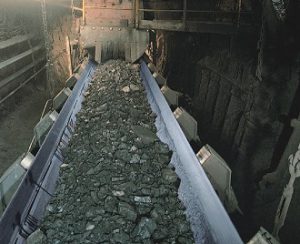
Tags: Rubber conveyor belt

